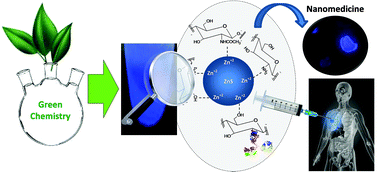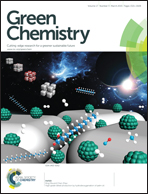Beyond biocompatibility: an approach for the synthesis of ZnS quantum dot-chitosan nano-immunoconjugates for cancer diagnosis
Abstract
In this study, we designed and developed novel biocompatible ZnS quantum dot (QD) nano-immunoconjugates to detect cancer cells strictly via an environmentally-friendly chemistry process. ZnS QDs were capped by chitosan-based ligands that were chemically conjugated at room temperature with an antibody-specific cancer biomarker for non-Hodgkin lymphoma using a one-pot aqueous colloidal route. The nano-immunoconjugates were extensively characterised by several spectroscopic and morphological approaches and biological assays. The results demonstrated that ultra-small colloidal ZnS nanocrystals with an average diameter of 3.7 nm were produced and stabilised by the chitosan-antibody conjugates. In addition, they exhibited intense fluorescence activity and were effective for specific targeting, labelling, and bioimaging of cancerous lymphocyte B-cells. Moreover, the results of in vitro cell viability assays using fibroblast cell line indicated that the ZnS-nanoconjugates were cytocompatible. These may be used in numerous applications in oncology diagnosis and nanomedicine.


 Please wait while we load your content...
Please wait while we load your content...